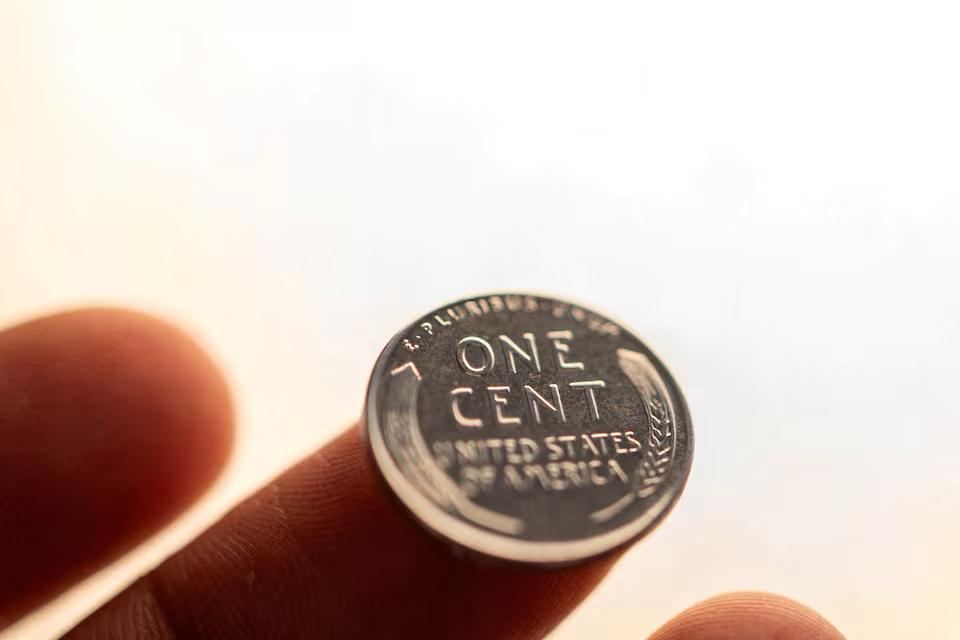The federal government is winding down production of the penny coin following a bipartisan effort to nix the lowest-denomination of U.S. currency over cost concerns.
The Treasury Department placed its final order for blank pennies in May and expects to stop putting new pennies into circulation by early 2026.
President Donald Trump directed Treasury Secretary Scott Bessent to cease production of the coin in February, describing spending on penny minting as wasteful. This move is supported by both Republican and Democratic lawmakers who introduced separate bills in the House of Representatives and the Senate calling for an end to penny production.
As the number of pennies in circulation dwindles, businesses will have to start rounding prices of cash transactions up or down to the nearest five-cent nickel. The Treasury’s penny phase-out plan is expected to save $56 million annually, given the rising production costs from 1.3 cents per coin to 3.69 cents over the past decade.
The penny, first issued in 1793, features President Abraham Lincoln’s profile on the obverse side, a design that has been in place since 1909. With around 114 billion pennies currently in circulation, the debate over the coin’s utility has been ongoing. Supporters argue it helps keep prices down and benefits charities, while critics see it as a nuisance often discarded in various places.
The plan to end penny production has sparked discussions about the future of American currency, with some arguing for its elimination and others for its preservation. Regardless, the Treasury Department’s decision aims to reduce costs and streamline currency production.
Read also: Trump’s Treasury Secretary blames Biden for US credit downgrade



